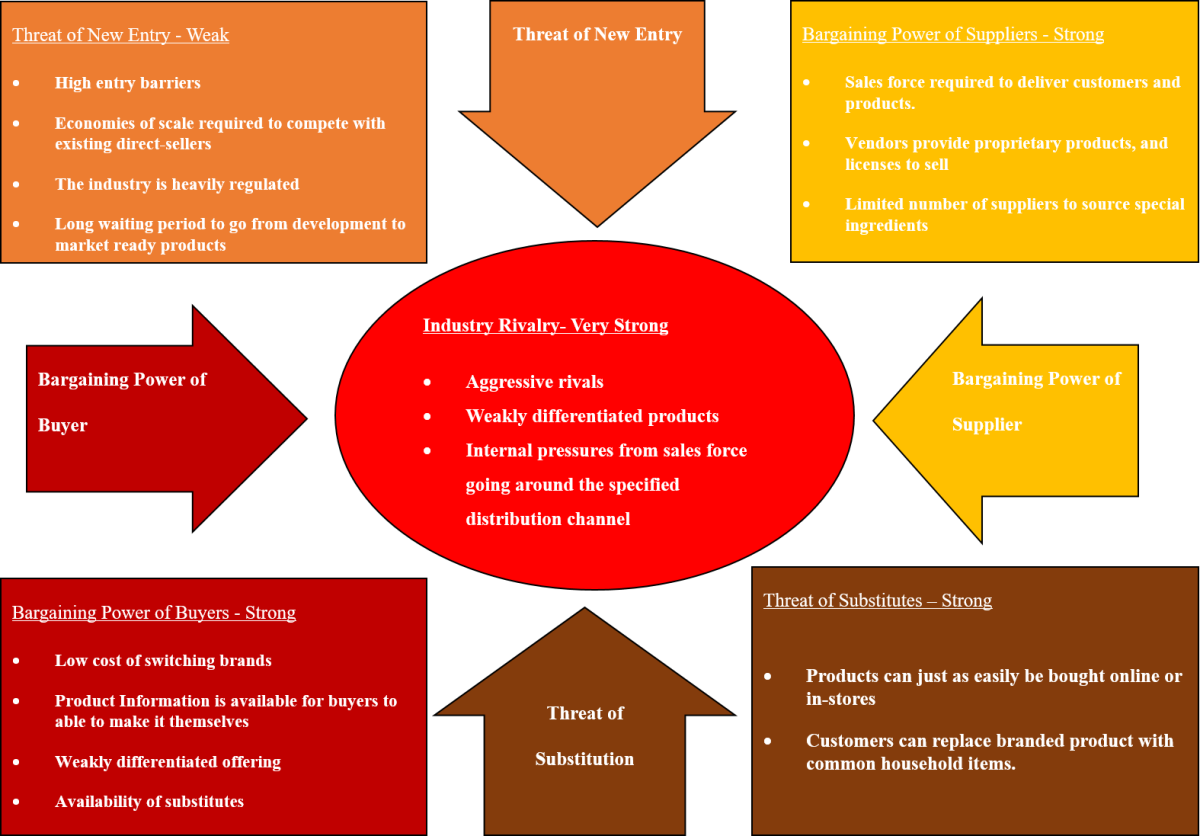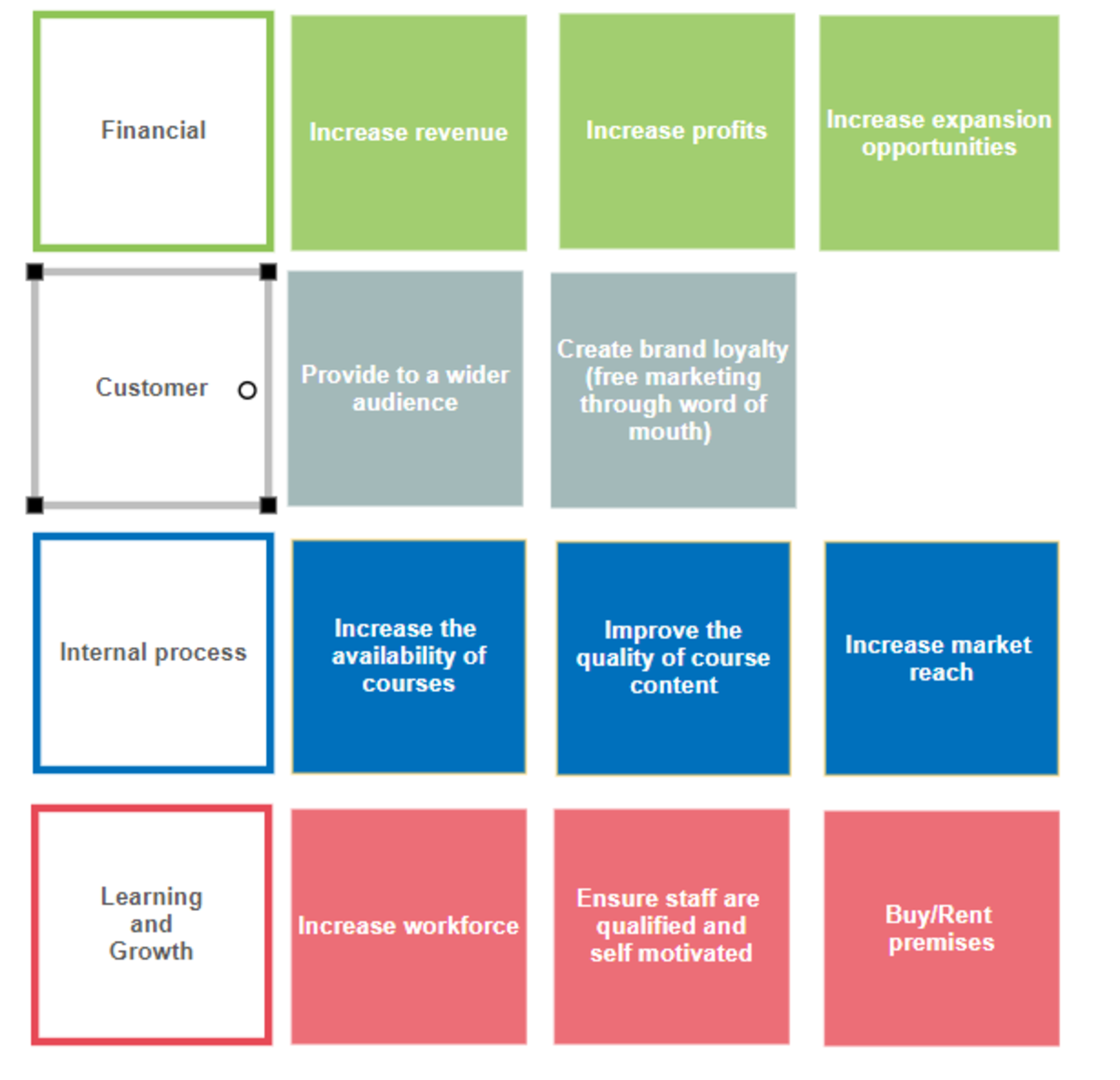Business Strategy: A Closer Look at the Focus Strategy

There are three types of generic strategies that exist for businesses. The three strategies are cost leadership, differentiation, and focus. A previous article reviewed all three strategies in a cursory manner. Two other articles individually focus upon cost leadership and differentiation in more detail. This article more closely examines the focus strategy.
Types of Market Focusing
Firms that adopt a focus strategy concentrate on serving a particular group of buyers. These buyers may be defined in many different ways. One way of defining a group of buyers is along a common buyer characteristic. One particular example would be selling vehicles to customers that cannot drive in a conventional way. These buyers might need accelerators and brakes to be hand operated rather than foot operated. The businesses that focus upon this segment specialize in these vehicles and generally do not sell conventional vehicles.
Another way of defining a group of buyers is based on a product line. A manufacturing firm might produce a product that is only used in a specific product line of the buyer. For example, suppose company A manufactures computers and wants to differentiate its computers by installing a special mother board. Company A then requests that company B, a board manufacturer, to supply this special board. Company B then opts to have a focus strategy by making this special mother board rather than supplying the entire market with standard boards.
One additional way of defining a group of buyers is based on geography. One specific example is those firms providing fuel to states with stringent gasoline standards such as California. A fuel production company can choose to divert some of its resources to just creating gasoline for California. This diversion is a focus by the company to provide a special product to a geographic market while choosing not to use its resources for producing gasoline for the general market.
Advantages to the Focus Strategy
By necessity, adoption of the focus strategy means a limitation on the amount of market share obtainable. But market share does not always translate into profitability just like the adoption of the focus strategy does not mean limitations on profitability. One advantage to adopting a focus strategy is a decrease in competition. Few companies wish to focus on a segment of a market, opting rather to supply goods or services to the greatest number of customers possible. Thus, the segment of the market that needs servicing draws a few businesses, resulting in an oligopoly or possibly even a monopoly within that segment. With a monopoly, the one business may charge what it pleases, attaining superior profitability in the process. In the case of an oligopoly, one firm can adopt the lowest cost strategy while the other firms have greater opportunity for differentiation. Thus, in this one segment, superior profitability can be obtained.
Another benefit to adopting the focus strategy is insulation from other competitive forces. For example, a market might have a substitute product introduced that does not affect the segment focused upon. Suppose a vegetable company has adopted a focus strategy and serves the organic vegetable segment. If the general market had a substitute of vegetables grown with a new type of chemical, the organic segment would be completely unaffected since buyers of organic produce attempt to avoid chemicals at all costs.
In market segments where there are a few businesses adopting the focus strategy, switching costs for customers can be increased. Switching costs refer to the economic cost a customer incurs changing brands. This economic cost does not have to be monetary but may include time and effort to acquire a different brand. In a segment of the market, the switching costs are higher because there are fewer competitors to choose from. As a result, differentiation between the products may be much greater and customers will need to place more effort into finding an alternate brand.

Summary
The focus strategy has the potential of creating profitability for a firm as well as protecting the firm from several competitive forces. Firms that focus on one particular segment can devote a great deal of attention to serving this segment well. Many times that leads to superior products in the market segment that are not usable in the general market due to the segment limitations.
Visit Kairos Advising & Consulting for More Great Information
Reference Links
- Business Strategy: The Three Generic Strategies
This article examines the three generic strategies discovered by Michael Porter. Each firm should adopt one of these strategies to provide sustained profitability. - Business Strategy: A Closer Look At the Differentiat...
Differentiation strategy is paramount for most businesses. This article looks into differentiation as a strategy and some of the ramifications. - Business Strategy: The Three Management Layers
This article discusses the three levels of strategy that a business should develop. It also discusses who and what is involved at each level. - Business Taxation: Why Businesses Do Not Pay Taxes
Successful businesses never really pay taxes even though the financials say they do. This article explains why, even if there are no losses or credits carried forward, someone else pays the taxes.








